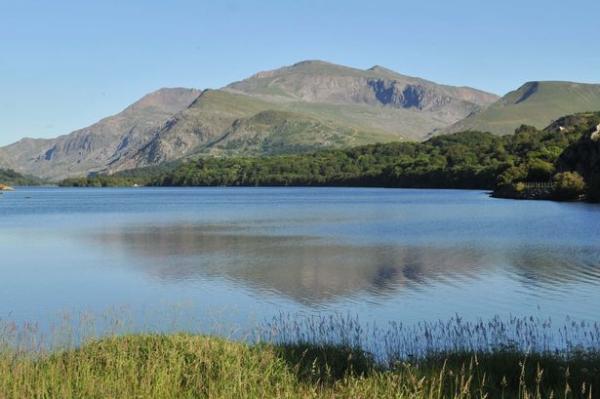£1.7 Billion Blue Eden Project for Swansea
A £1.7 billion project creating thousands of well-paid jobs and placing Wales at the forefront of renewable energy innovation has been announced by an international...
Read Full Article
A developer has applied to the Planning Inspectorate for North Wales for a pumped hydro electricity storage scheme consent order.
Snowdonia Pumped Hydro (SPH) submitted the application to the Planning Inspectorate for a Development Consent Order to build a 99.9mW output pumped hydro electricity storage facility at Glyn Rhonwy near Llanberis in Wales.
The SPH scheme which already has planning permission from local authority Gwynedd Council at an output of 49.9mW, would ‘re-purpose’ two abandoned slate quarries and is the first of a series of schemes that SPH parent company QBC intends to develop throughout the UK. SPH wishes to double the output of the Glyn Rhonwy facility by increasing the capacity of the underground turbines and associated equipment. In every other respect the revised scheme would be identical to that already granted planning permission by Gwynedd Council.
The higher output would enable the Glyn Rhonwy facility to play a larger role in smoothing out the intermittency of renewables, e.g. wind, by capturing surplus electricity and releasing it when demand is high and renewables output is low.
The Glyn Rhonwy facility would be expected to have an operational life of around 125 years and support up to 30 full time local jobs. Hundreds of workers would be required during construction. Earlier this year SPH reached an agreement to lease 13 hectares of land for the scheme from The Crown Estate.
National needs
The UK’s need for more grid-scale storage such as that planned at Glyn Rhonwy is now seen as ‘firmly’ on the government’s policy agenda. A dedicated team within the DECC is examining how the build of more storage can be stimulated and large scale storage is also a key focus of the newly-announced National Infrastructure Commission under former Labour peer Lord Adonis.?The percentage of renewable generators providing power to the grid has already left the UK’s four existing storage plants – built to back-up nuclear power stations – unable to cope. Because over-generation cannot be stored, households and industry are having to pay renewables operators more every year to stop generation when the wind blows too hard. Unless Britain builds more grid scale storage, these avoidable constraint payments to wind farms could reach £2.7 billion a year by 2020, according to Imperial College London. The storage deficit also means that gas power stations and diesel generators must be kept on stand-by for when the wind drops or stops altogether.
Picture: SPH has applied for permission to build an hydro electricity storage facility at Glyn Rhonwy near Llanberis in Wales
Article written by Mike Gannon | Published 27 November 2015
A £1.7 billion project creating thousands of well-paid jobs and placing Wales at the forefront of renewable energy innovation has been announced by an international...
Read Full Article